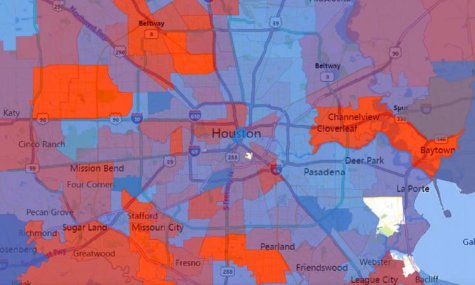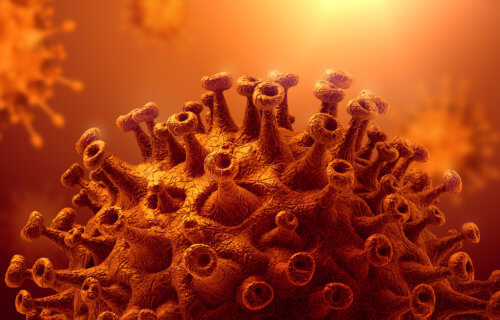AUSTIN, Texas — Since the coronavirus pandemic began, health officials have been warning about a new wave of the illness later in the year. Researchers in Texas say as those cases come in, nearly all of them are of a more contagious strain of SARS-CoV-2, the virus causing COVID-19.
“The virus is mutating due to a combination of neutral drift — which just means random genetic changes that don’t help or hurt the virus — and pressure from our immune systems,” Ilya Finkelstein from The University of Texas at Austin says in a release.
According to scientists at UT Austin and Houston Methodist Hospital, 71 percent of infection cases in the pandemic’s first wave were caused by D614G. This coronavirus mutation became the dominant strain of the virus this summer. The study of over 5,000 COVID-19 patients in the Houston area reveals this number has exploded to 99.9 percent of cases in the pandemic’s second wave.
Researchers say their work on Americans patients matches fellow studies done around the world. The Austin team points to a review of 28,000 genome sequences in July, which revealed it only took one month for D614G to become the dominant strain of SARS-CoV-2.
Why is D614G beating out the other coronavirus strains?
The prevailing thought about D614G is that this mutation in the virus’s “spike” protein makes it more contagious. SARS-CoV-2 uses this spike to slice open cells and hijack them for virus reproduction. Researchers say British scientists tested over 25,000 genome sequences and discovered D614G tends to transmit faster than the original strain.

Not all scientists are convinced that D614G is simply a “better” version of coronavirus however. The study notes some researchers are suggesting this mutation is dominant globally because of “founder’s effects.” In this scenario, D614G is the most common virus because it actually arrived in the U.S. and Europe first. With COVID-19 originating in China, “founder’s effects” believes SARS-CoV-2 had already mutated by the time it traveled overseas.
These mutations continue to alter the spike protein which attacks a patient’s cells. The Houston Methodist-UT Austin team says one particular mutation allows the spikes to avoid an attack from neutralizing antibodies in humans. This allows COVID-19 to more easily get past the immune system, but researchers are not sure if it also makes COVID-19 more contagious. Luckily, the study finds that specific mutation does not make the virus any more lethal. In fact, Finkelstein’s team has not found any strains which can avoid first-generation vaccines and antibody medications.
“The virus continues to mutate as it rips through the world,” the associate professor of molecular biosciences at UT-Austin says. “Real-time surveillance efforts like our study will ensure that global vaccines and therapeutics are always one step ahead.”
How many COVID-19 mutations are there now?
The study discovered at least 285 mutations across the thousands of patients they examined. Researchers add however, none seem to cause more severe cases of the illness. The team is now observing how patients in the pandemic’s third wave are faring and are checking to see if more COVID-19 strains develop defenses against human antibodies.
“We have given this virus a lot of chances,” lead author James Musser of Houston Methodist adds. “There is a huge population size out there right now.”
Despite lockdown measures, travel bans, and social distancing guidelines, the team finds the Houston area has been introduced to various forms of COVID-19 several times. Researchers say virus strains from Asia, Europe, South America, and other regions of the United States have all been found in Texas patients.
The study appears in the journal mBIO.
